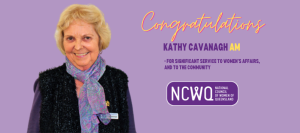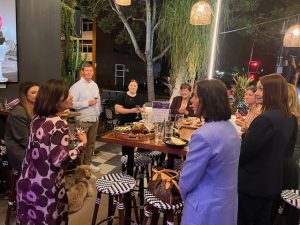By Dr Donnell Davis, NCWQ Habitat Adviser
Urban design for disability, dementia and resilience
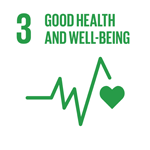
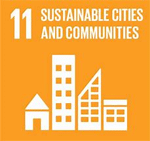 This report encompasses design for disability (D4D), dementia (D4De) and durability. It highlights human wellbeing (SDG 3), 7 senses, David Attenborough’s witness statement, climate impacts on human in cities (SDG 11 and SDG13) with policy assessment tools from the World Economic Forum, and the difference between bio-philia, biomimicry and regenerative cities.
This report encompasses design for disability (D4D), dementia (D4De) and durability. It highlights human wellbeing (SDG 3), 7 senses, David Attenborough’s witness statement, climate impacts on human in cities (SDG 11 and SDG13) with policy assessment tools from the World Economic Forum, and the difference between bio-philia, biomimicry and regenerative cities.
Habitat means home – it is about humans living in social groups in community and cities
UN Habitat Day is celebrated on the first Monday of October each year to acknowledge the right to shelter, and advance of sharing of practices towards more sustainable cities. On 31 October, ‘World Cities Day’ provides the opportunity for Local Governments to showcase innovation. (‘Shark Tank’ for Cities). In 2020, the priority was to address Covid management, respond to growing complexity of climate impacts, and advance humans quality of life through wellbeing. Measures for wellbeing include economic, social, Cultural, environmental, and institutional stewardship. Dashboards from UN Habitat, Global Urban Observatory and Local government benchmarking help us measure, manage and evaluate trends in urban stewardship performance (good governance SDG16). But the whole scope for common benchmarking across cities and countries is SDG 11- Sustainable cities and communities with 11 set targets for 2030. Australia’s report card has gone from world leader to a caution status since 2016. This could be because of our slow response to housing vulnerable peoples.
My previous reports to NCW benchmarked international cities responses to COVID, so this report seeks to tackle Wellbeing SDG 3 in a more systematic way to consider our vulnerable urban peoples My June report showcased my methodology for Covid vulnerability of women proposing ‘Fairer Feminist Futures’ for the Status of Women Network. This focussed on: (A) homeless migrant students, (B) health/ aged care workers, (C) casual workers (D) family violence survivors. The method included: (1) Status of Women Assessment with 4 sets of indices, (2) Fragility addressed 4 aspects of harm, (3)a positive path – never waste a crisis and (4) interactive priority setting process for cultural and local appropriateness.
In Queensland Parliament, the Economic and Governance Committee convened public hearings on the economic impacts of Coronavirus, and a joint paper from eight advisors was submitted, but few NCWQ recommendations were discussed.
Vulnerable peoples in these circumstances were generally unspoken in the Australian Federal Budget. Please refer to the Gender Lens Budget Statement undertaken by the National Foundation for Australian Women NFAW. www.nfaw.org.au Even the Inquiries into Aged Care, modern slavery, youth mental health were not properly considered in the budget. Our voices are not heard, despite our efforts.
Quote: Diversity is having a seat at the table; inclusion is having a voice; belonging is having that voice heard. (@LizAndmollie)
Design for Disability
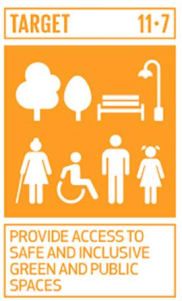 Design for Disability (D4D) was advanced by non-government organisations, charities and professional bodies with the Office of the Public Advocate (Qld) for past decades, but only recently 3 of the 57 aspects for good design were introduced to the Australian Building Code. However, state governments and local authorities have guidelines and some planning scheme regulations that articulate basic necessities.
Design for Disability (D4D) was advanced by non-government organisations, charities and professional bodies with the Office of the Public Advocate (Qld) for past decades, but only recently 3 of the 57 aspects for good design were introduced to the Australian Building Code. However, state governments and local authorities have guidelines and some planning scheme regulations that articulate basic necessities.
When we design homes, facilities, public places, communities, infrastructure and cities, we often stop at physical disabilities: Accessibility. This month we celebrate 7 years of the ‘7 senses design’ that caters for inclusive communities, with a focus on intellectual disability. Autistic children and adults can finally enjoy public places and playgrounds that incorporate seven senses: five commonly understood – vision, hearing, smell, taste, and touch and two others – vestibular for gravity, balance and movement; and proprioception for deep-sense coordination and muscle interaction).
7-Senses also address wellbeing through exercise and ‘nature deficit disorder’, where we don’t experience the outdoors in balance with indoors, causing disconnection. (references: Volbert 7S, last child in the woods, Brisbane City C NDD, Karawatha Forest community design discovery centre)
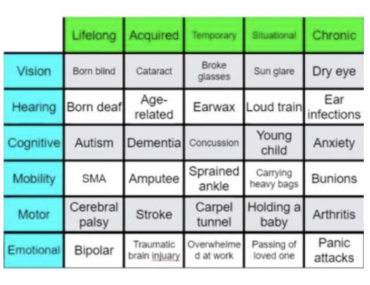
Let us debunk disability. This matrix shows terms that we hear about but don’t necessarily interrogate. As a result we can better appreciate how we can cater for these temporary or permanent conditions in our everyday lives. Our ageing population may be most vulnerable to this array.
In 2008, I designed and built Selsey House for disability – principally physical- as well as minimal footprint for carbon, water and waste during both construction and post-occupancy phases. Results are variable. Design for dementia is very different, but each room can be retrofitted.
D4De Design for Dementia
The elephant in the room for Australia and Queensland may be dementia, and how we cope , intervene and arrest further development. Although prevention is admirable, we need an ethical
framework to manage the current and progressing numbers. Adequate and appropriate housing and living is part of that framework, whether is it retrofitting the family home, designing a granny
flat, considering co-housing upgrades, assessing a purpose built community, or preparing an aged care room in a formal facility. There are 10 principles we teach in design classes (Swinburne Centre for Design Innovation), which morph into many possibilities because we are dealing with individuals who live in different settings.
The optimal outcome is person-centres, high impact, ethical, functional, labour-minimising, and economical. Psychological wellbeing is paramount, so that people like to stay without wandering (or preventing wandering with hidden doors), feel comfortable with old familiar surroundings (have music and garden that feels like home – which might be 50 years ago), and this is reinforced with physical systems to prevent harming themselves inadvertently. In communities, it is important that older folk relate to younger generations for vitality (and they don’t call themselves inmates). So the personal touch is so important to arrest degeneration of a working mind and hands. The success depends of careful, co-operative collaboration and constant vigil to ensure highest outcomes prevail.
Attenborough’s challenge for resilient cities
In David Attenborough’s new movie is his witness statement comprises the first half, while the second half is a set of observations and recommendations for resilience of the planet with humans as the integral part of making that happen. Some of my interpretations and desire to implement:
The ingenuity of humans is evident but the ethics and long term accountability is not evident for the past 200 years. The indigenous peoples for over 65,000 years and natures systems for 3.8 billion years have learned from Mother Nature (aka Pachamama, Otukan, Gaia, Terra, or other spiritual name) (The race between education and catastrophe: 2018) What happened that we got so out of step and so dumb so quickly? Was it that we built big cities that ignored natural systems and all that might collapse? (CSIRO: 2020)
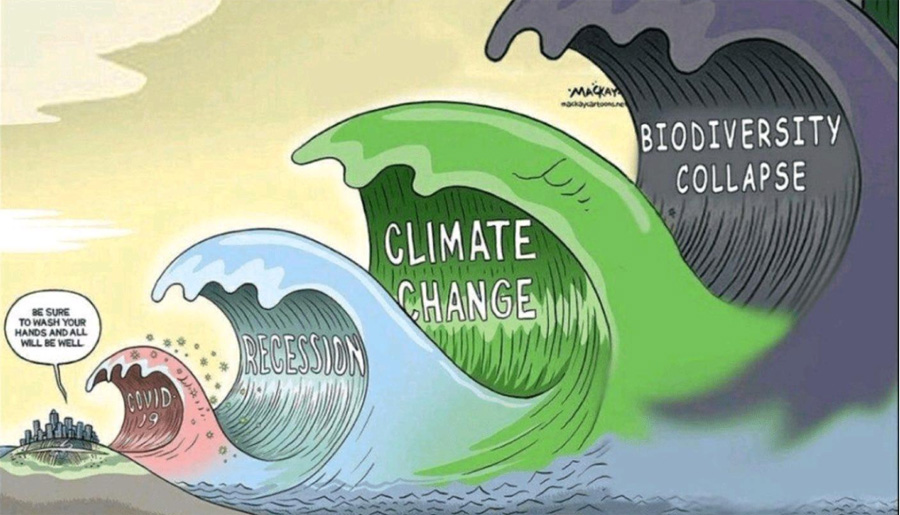 Image: SBS news. August 2020.
Image: SBS news. August 2020.
My response to David Attenborough’s recommendations is through ‘resilient city’ governance. Climate change is contributing to pandemics, accelerating biodiversity loss, widening inequity, and hastening loss of livelihoods, cultures, island countries and lives. Global re-insurance companies chartered its impact in dollars but metrics for other impacts – even Genuine Progress Indicators – don’t measure ongoing physical and mental health and hardship. The elephant in the big room is climate change sparked by flawed stewardship and narrow short-term governance systems. But the evidence is recognised around us in Australia. (Bureau of Meteorology: 2020) The World Econcomic Forum has interactive policy assessment tools underpinned by copious academic studies that articulate components in the interconnected policy playground.
Australia has both state and local governments with toolkits for how cities can be regenerative. This goes far beyond mere energy, to social resilience, park and urban forests for carbon sequestration, urban backyard food production, net positive development seen in new buildings and community co-design. Brisbane’s new regenerative high-rise approved for development in October 2020 is an example of generating more than its takes: energy, oxygen, ?water with healthy human factors. Given that Hammerby in Sweden was operational in 2000, Singapore precincts from 2005, Thailand hospital precinct from 2010, this Brisbane design even looks different like a tree and comprises of live greenery for temperature moderation and air cleaning (sequestering pollution).
In Queensland, other tropical cities mitigate climate through restricting use of high biodiversity parks, urban re-foresting naturally, backyard farming, neighbour systems for pandemic community healthy crawl, and civility outbreaks. Hugh MacKay commented on ‘reinventing the neighbourhood’ as a positive impact of Covid, while re-engaging with the life’s natural assets. (Radio National:2020)
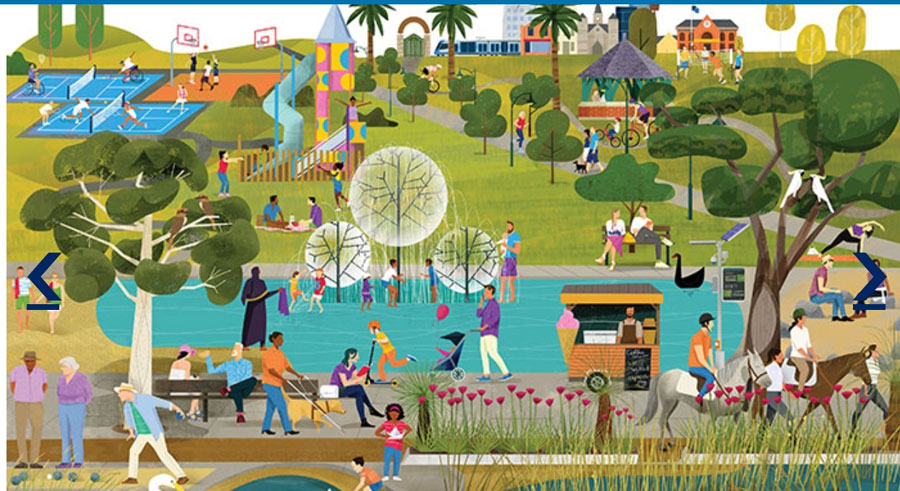
Circular bio economy of wellbeing.
The World Economic Forum published its findings in November 2020, linking my topics this month.
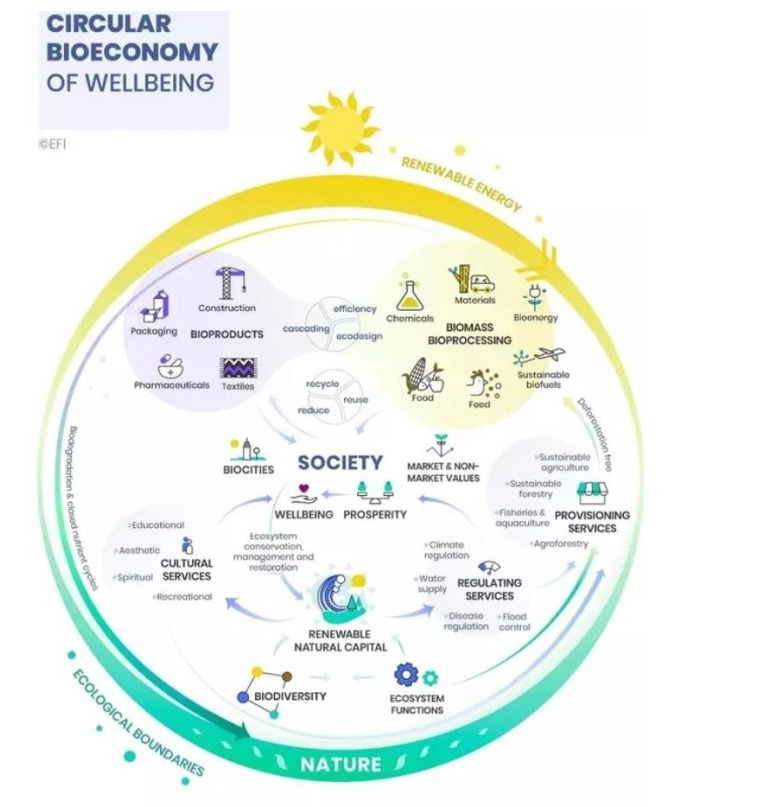 In interpreting David Attenborough further, I recognise bio-philia (human healthy founded on healthy ecosystem and natural statins), biomimicry (the ways humans behave with nature
In interpreting David Attenborough further, I recognise bio-philia (human healthy founded on healthy ecosystem and natural statins), biomimicry (the ways humans behave with nature
innovating together – not dominating), and regenerative cities (where humans settlements give back more than they take from nature) as the way I can work towards better outcomes.
References: UN Habitat: 2020 World Habitat Day and World Cities Day, World Econcomic Forum – various, Urban Development Journal, NFAW Gender Budget 2020, Hugh McKay on Radio National.
The National Council of Women of Queensland Inc (NCWQ) is a non-party-political, non-sectarian, not-for-profit, umbrella organisation with broadly humanitarian and educational objectives. It seeks to raise the awareness of members as to their rights and responsibilities as citizens and encourages their participation in all aspects of community life.
The NCWQ website content manager (webmaster) posts content on behalf of the NCWQ Management Committee and its members. If you have important communications, an event of matters of interest you would like to share with NCWQ, its members, network and supporters, please contact us with details. Thank you.

